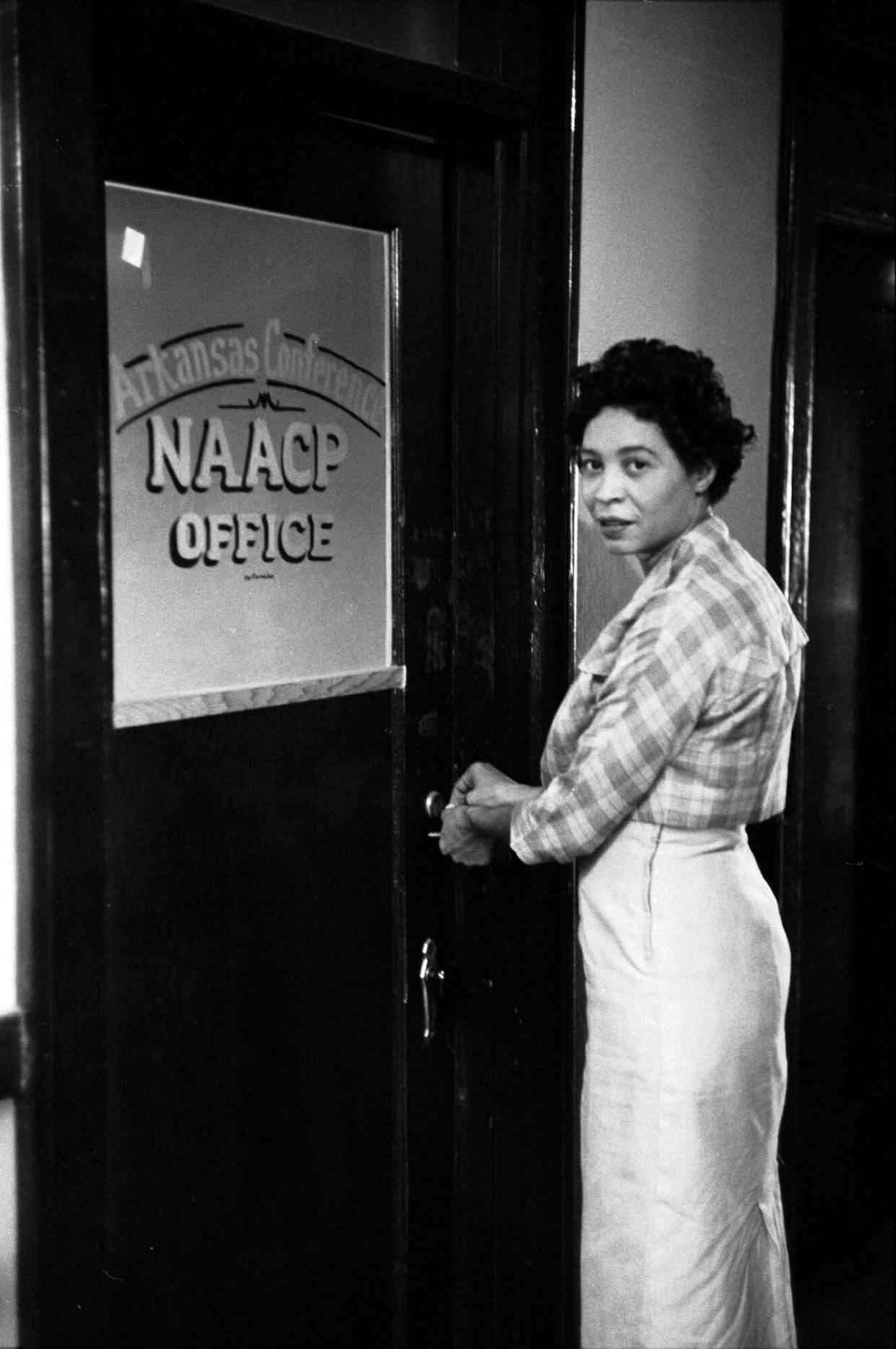Sacrifice & Determination: Lessons from Daisy Bates

Thomas D. McAvoy / Contributor/Getty
In September 1957, a group of nine black students left for their first day of school in Little Rock, Arkansas. As they made their way to Central High School, a crowd of angry white students followed behind them shouting, 'Two, four, six, eight, we don't want to integrate!'. When the black students finally reached the doors of the school, they were blocked by armed men of the Arkansas National Guard. But none of this discouraged them. Because they knew the importance of their mission and the strength and determination of the woman that led them there.
The Roots of Activism
Daisy Lee Gatson was born on November 11, 1914, in the small town of Huttig, Arkansas. When she was just three years old, her mother was attacked and murdered by three white men. Her father left, so Daisy went to live with a foster family. At the age of fifteen, she met a man named Lucious Christopher Bates, affectionately known as "L.C.". He was a journalist and nearly ten years her senior.
Following the death of her foster father, Daisy moved to Memphis, Tennessee to live with Bates. Dr. Misti Nicole Harper, a Visiting Assistant Professor at the Department of History at Gustavus Adolphus College, said this move was pivotal in Daisy's journey. "She's gone from a horribly violent little backwards town to Memphis where there is a degree of autonomy for a black country girl, that she's never experienced before," Harper said. "And I argue that this is so profoundly important for her. That it's Memphis where young Daisy Gatson becomes a more politically savvy, more engaged person with a real interest in grassroots activism."
Daisy and L.C. married in the early 1940's and moved to Little Rock, Arkansas where they started their own newspaper,The Arkansas State Press. It was one of the few African American newspapers that championed the civil rights movement. As the seeds of her activism grew, Bates was selected as the President of the Arkansas chapter of the National Association for the Advancement of Colored People (NAACP). She soon became a central figure in the fight against the Jim Crow laws that kept whites and blacks separated in so many elements of daily life – including schools.
A Turning Point
In 1954, the Supreme Court declared school segregation unconstitutional in its landmark case known as Brown v. Board of Education. However, even after the historic ruling, black students were still being turned away from white schools. Bates and her husband used their newspaper to publicize the ongoing battle and efforts surrounding the issue.
Three years later, with the resistance to school integration still persisting, Bates took a bold step. She and other members of the NAACP recruited a group of black students who would become known as the Little Rock Nine. After intense vetting and counseling, Bates determined the nine high schoolers were ready to face the anger and hostility surrounding them. It would take weeks of harassment and rejection for Bates and the Little Rock Nine to finally catch the attention of President Dwight D. Eisenhower. He sent federal troops to help enforce the law and protect the nine students from their opposers. On September 25th, 1957, the Little Rock Nine successfully entered the doors and attended their first day of school at the all-white Central High School.
Lessons Learned
Bates' push for racial integration in Little Rock made her the target of many threats and violence. But despite the many hurdles, Bates kept going. Harper said her tenacity was undeniable. "I have a hard time thinking that anybody except Daisy could have risen to that challenge because it was so dangerous, it required so much effort, it required so much just plain old stubbornness," explained Harper.
WATCH: Must-See National Civil Rights Monuments in Birmingham, Alabama
Must-See National Civil Rights Monuments in Birmingham, Alabama
Many historical Civil Rights landmarks can be found in Birmingham, Alabama, where the city's tumultuous past helped to pave the way for a better future. On January 12, President Obama officially dedicated these spots as National Historic Monuments.
After decades of tireless activism and hard work across so many civil rights issues, Daisy Gatson Bates died on November 4th, 1999. That same year, she was posthumously awarded the Medal of Freedom. Harper said Bates' life and legacy is one we can all learn from. "Daisy Bates sacrificed so much to make Arkansas and to make the country a more democratic, equitable place. She offers us a lesson in what it takes to maintain and protect democratic systems or to build them where they never existed in the first place," said Harper. "She shows us what is required to make sure that this country works for everyone. Daisy offers us a lesson, I think, basically in how to be an American."

